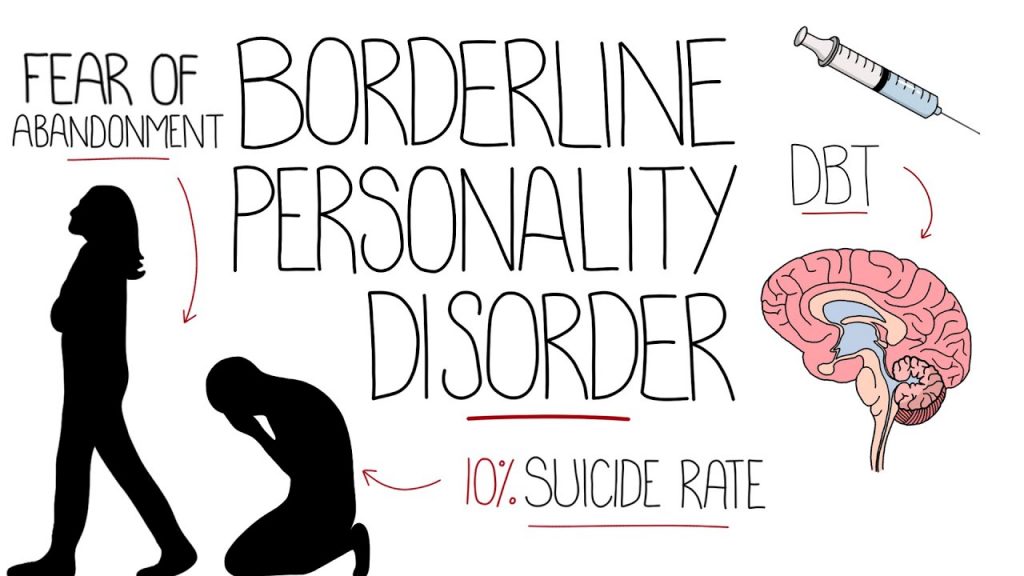
Understanding Borderline Personality Disorder (BPD): Unraveling the Complexities
Borderline Personality Disorder (BPD) is a mental health condition that affects how individuals think, feel, and relate to others. It is a complex disorder characterized by intense emotional experiences, unstable relationships, and impulsive behavior. While BPD can pose significant challenges, understanding its features and seeking appropriate support can help individuals lead fulfilling lives.
Here’s a closer look at the key aspects of Borderline Personality Disorder:

- Emotional Instability: People with BPD often experience intense and rapidly shifting emotions. Their emotional state can fluctuate from extreme highs to profound lows, leading to feelings of emptiness, anger, or sadness. These intense emotions may be triggered by perceived rejection, abandonment, or perceived criticism.
- Unstable Relationships: Building and maintaining stable relationships can be difficult for individuals with BPD. They may struggle with a fear of abandonment, leading to patterns of clinginess or pushing others away. Their relationships can be characterized by idealization and devaluation, where they may idolize someone one moment and then perceive them as all-bad the next. These relationship fluctuations can be distressing and challenging for both parties involved.
- Identity Disturbance: Individuals with BPD may struggle with a persistent sense of self and identity. They may have an unclear or shifting self-image, leading to feelings of emptiness or a lack of a stable sense of who they are. This can contribute to difficulties in decision-making and establishing long-term goals or aspirations.
- Impulsivity: Impulsive behaviors are common among individuals with BPD. These behaviors can manifest in various ways, such as reckless driving, substance abuse, overspending, or engaging in risky sexual behaviors. The impulsivity is often driven by an attempt to alleviate distress or escape from emotional pain.
- Self-Harm and Suicidal Behaviors: Unfortunately, self-harming behaviors and suicidal ideation are more prevalent among individuals with BPD. These actions are often a desperate attempt to cope with overwhelming emotional pain. It is crucial to take these signs seriously and seek professional help immediately if someone is at risk.
It’s important to note that the experience of BPD can vary among individuals. Some may have more pronounced symptoms in certain areas, while others may exhibit different patterns of behavior. Additionally, co-occurring mental health conditions, such as depression or anxiety, are common in individuals with BPD.
If you or someone you know may be struggling with Borderline Personality Disorder, seeking professional help is crucial. A mental health professional, such as a psychiatrist or therapist, can conduct a comprehensive assessment and develop an individualized treatment plan. Treatment for BPD often involves therapy, such as dialectical behavior therapy (DBT), which focuses on emotional regulation, distress tolerance, and interpersonal effectiveness.
While living with BPD can present challenges, with proper support, understanding, and effective treatment, individuals can learn to manage their symptoms, improve their relationships, and lead meaningful lives. It’s essential to promote empathy, reduce stigma, and provide a supportive environment to those affected by BPD.

Recent Comments